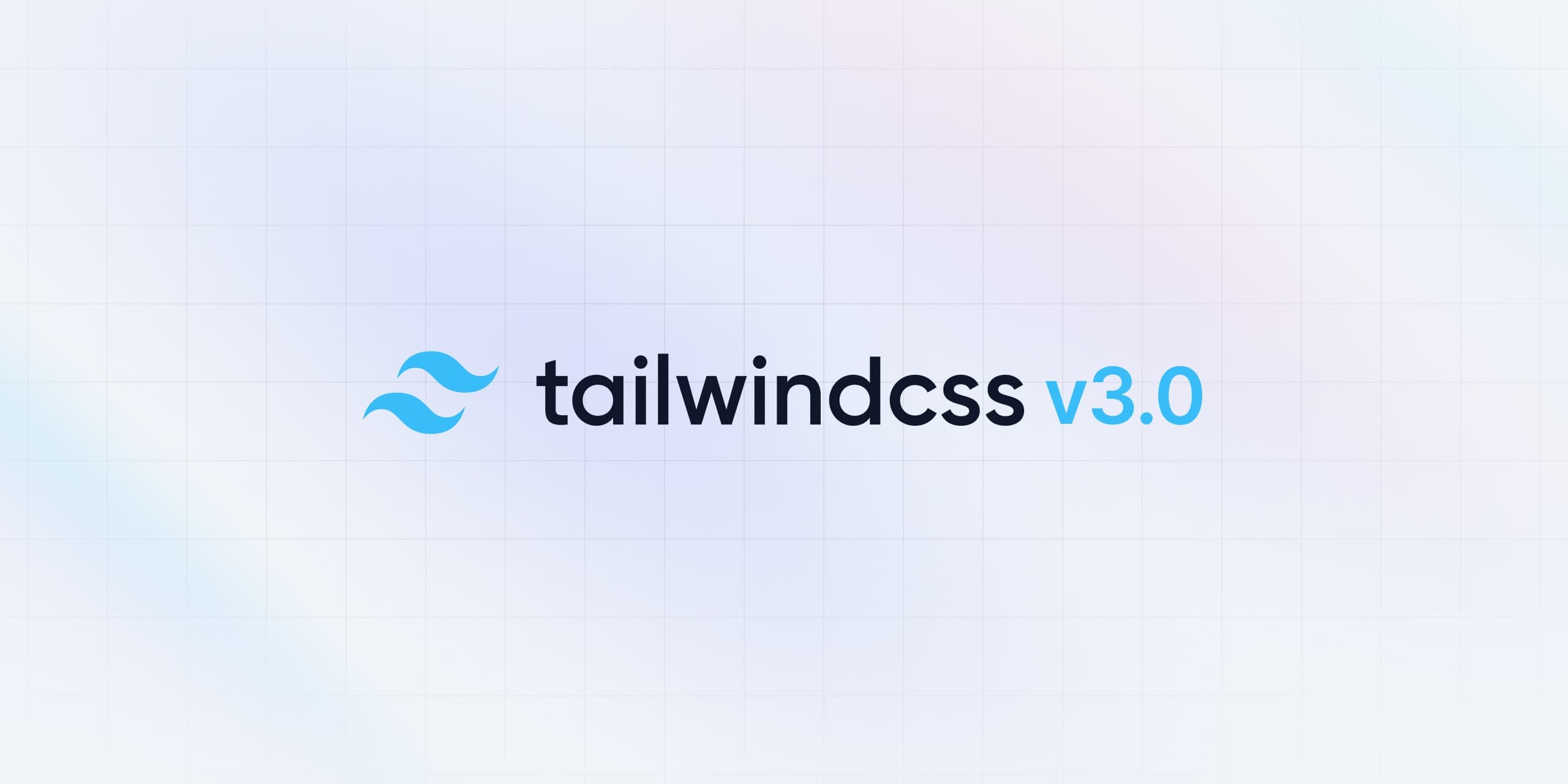Why Teams Should Embrace Tailwind CSS: A Game-Changer for Modern Web Development
As web development demands evolve, teams are constantly seeking ways to streamline workflows, boost productivity, and enhance the design consistency of their projects. One tool that’s quickly gaining traction is Tailwind CSS—a utility-first CSS framework that offers a powerful, flexible approach to styling. Unlike traditional CSS frameworks, which focus on pre-defined components, Tailwind provides utility classes that let developers customize and style their applications directly within the HTML. Here’s why Tailwind CSS could be a smart addition for your team.

1. Increased Development Speed
One of Tailwind CSS’s standout benefits is the way it accelerates the development process. Traditional CSS approaches often involve creating custom stylesheets or overriding pre-set styles within component libraries. With Tailwind, developers can directly use utility classes within their HTML, eliminating the need for writing complex custom styles or switching between files to apply styling. This approach can reduce development time significantly, enabling developers to iterate faster, which is especially valuable in Agile environments or when time to market is critical.
2. Consistent and Scalable Design
Ensuring a consistent design across a project can be challenging, especially for larger teams or projects with multiple components. Tailwind enforces a standardized approach to styling by providing a consistent set of utility classes. By using these classes across a project, teams can maintain a unified look and feel without worrying about conflicts or discrepancies in design choices. Moreover, Tailwind’s utility classes scale well as the application grows, allowing for consistent styling across new components and features without reworking the CSS.
3. Enhanced Customizability without Complexity
Unlike traditional CSS frameworks that come with a set of pre-built components, Tailwind is highly customizable, allowing teams to create unique designs without being constrained by a default style. Tailwind’s configuration file enables you to easily adjust colors, spacing, typography, and more, adapting the framework to your brand’s specific requirements. This makes it ideal for teams that want the speed of a framework but with the flexibility to control the finer details of their design system.
4. Encourages Clean, Maintainable Code
Tailwind CSS can help teams achieve cleaner, more maintainable codebases. With utility classes applied directly to HTML elements, developers are less likely to create redundant or conflicting CSS rules, reducing the chances of a bloated stylesheet. This approach can also make code easier to understand and debug since the styling of an element is immediately visible in the HTML rather than scattered across multiple CSS files. Clean, utility-first code simplifies the handoff process, makes onboarding new team members easier, and reduces technical debt over time.
5. Improved Responsiveness with Minimal Effort
Tailwind CSS is built with responsive design in mind. Its utility classes allow developers to apply styling based on screen size with minimal effort. For instance, classes like md:bg-blue-500 or lg:px-8 enable tailored styling for different devices and screen sizes, ensuring a smooth, mobile-friendly experience. This responsive design approach is baked into the framework, so teams can create adaptive interfaces faster and more intuitively.
6. Strong Community and Ecosystem
Tailwind CSS is supported by a robust community, a growing library of plugins, and a vast ecosystem of resources. From official documentation to open-source plugins and design tools like Tailwind UI, teams have access to extensive resources to support and accelerate their development process. Additionally, Tailwind’s growing popularity means that teams can rely on consistent updates and community support, ensuring that the framework remains relevant and robust for years to come.
7. Integrates Well with Modern JavaScript Frameworks
For teams working with modern JavaScript frameworks like React, Vue, or Next.js, Tailwind CSS offers seamless integration. The utility-first approach works well with component-based architectures, enabling developers to keep styling close to the components they’re designing. This integration makes it easier to create modular, reusable components without dealing with complicated style inheritance or specificity issues.
Conclusion
Tailwind CSS brings a fresh approach to web development that empowers teams to move faster, design consistently, and create scalable, responsive user interfaces with ease. Its utility-first model promotes clean code and flexibility, while its compatibility with modern frameworks makes it an ideal choice for today’s development needs. For teams seeking a CSS framework that balances speed, flexibility, and design control, Tailwind CSS is worth serious consideration. Embracing Tailwind can be a game-changer, helping your team build better products and deliver value to users with greater efficiency.